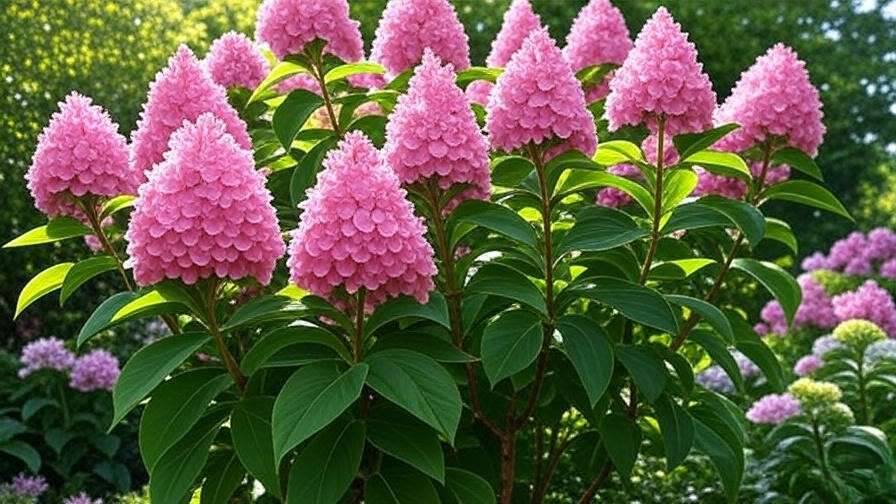Imagine your garden bursting with lush, blush-pink blooms that turn heads from midsummer to fall. The Pink Diamond Hydrangea Tree is the showstopper you’ve been searching for! This compact, easy-to-grow plant delivers vibrant flowers and transforms any outdoor space into a masterpiece. Whether you’re a novice gardener or a seasoned pro, this comprehensive guide will empower you to cultivate a thriving Pink Diamond Hydrangea Tree with ease. From planting to pruning, we’ll cover every step to ensure your tree flourishes, solving common challenges and helping you achieve a garden that wows. Let’s dive in! 🌿
Section 1: What is a Pink Diamond Hydrangea Tree? 🌱
Understanding the Pink Diamond Hydrangea Tree
The Pink Diamond Hydrangea Tree (Hydrangea paniculata ‘Pink Diamond’) is a stunning deciduous shrub or small tree celebrated for its cone-shaped flower heads that transition from creamy white to a radiant pink as summer fades into fall. Growing to a manageable 6-8 feet tall and wide, this panicle hydrangea is perfect for small gardens, patios, or as a striking focal point. Hardy in USDA zones 3-8, it thrives in a variety of climates, making it a favorite among gardeners seeking beauty and resilience. Its long bloom season and compact size add unmatched versatility to landscapes.
How It Differs from Other Hydrangeas
Unlike mophead or lacecap hydrangeas, the Pink Diamond Hydrangea Tree belongs to the panicle hydrangea family, known for its cone-shaped blooms and exceptional hardiness. It’s more drought-tolerant than its cousins and blooms reliably even after harsh winters. Its flowers, which can grow up to 12 inches long, offer a unique color progression that sets it apart. While mopheads require specific soil pH for color changes, Pink Diamond naturally shifts to pink hues, making it a low-fuss choice for vibrant displays.
Expert Insight: “The Pink Diamond’s ability to thrive in diverse conditions makes it a go-to for gardeners who want stunning blooms without constant upkeep,” says Dr. Emily Carter, a horticulturist with 20 years of experience.
Section 2: Why Choose a Pink Diamond Hydrangea Tree? 🌺
Benefits of Growing a Pink Diamond Hydrangea Tree
The Pink Diamond Hydrangea Tree is a gardener’s dream for several reasons:
- Aesthetic Appeal: Its large, conical blooms add elegance to any setting, from cottage gardens to modern landscapes.
- Low Maintenance: It tolerates a range of soil types and requires minimal pruning compared to other hydrangeas.
- Extended Bloom Time: Flowers appear from mid-summer to late fall, offering months of color.
- Pollinator-Friendly: Its blooms attract bees and butterflies, supporting biodiversity.
This hydrangea is also disease-resistant and adaptable, making it ideal for both beginners and experts looking to elevate their garden’s charm.
Common Uses in Landscaping
The versatility of the Pink Diamond Hydrangea Tree shines in various settings:
- Standalone Focal Point: Plant it in a lawn or near a patio to draw the eye.
- Mixed Borders: Pair with perennials like hostas or daylilies for a dynamic display.
- Container Gardening: Its compact size makes it perfect for large pots on decks or balconies.
Tip: For a cohesive look, combine with ornamental grasses or low-growing shrubs like spirea to enhance texture and contrast.
Section 3: Planting Your Pink Diamond Hydrangea Tree 🌿
Best Time and Location for Planting
Timing and location are critical for a thriving Pink Diamond Hydrangea Tree. Plant in early spring or fall to allow roots to establish before extreme weather. Choose a spot with full sun to partial shade (4-6 hours of sunlight daily) to maximize blooms. While it adapts to various soils, it prefers well-draining, loamy soil with a pH of 5.5-6.5 to enhance its pink hues. Avoid low-lying areas prone to waterlogging, as this can lead to root rot.
Step-by-Step Planting Guide
- Prepare the Site: Clear weeds and debris, then amend the soil with organic compost to improve drainage and fertility.
- Dig the Hole: Make it twice as wide and as deep as the root ball to encourage root spread.
- Plant the Tree: Place the tree in the hole, ensuring the top of the root ball is level with the ground. Backfill with soil and tamp gently.
- Water Thoroughly: Provide 1-2 inches of water to settle the soil and hydrate the roots.
- Mulch: Add a 2-3 inch layer of organic mulch (like bark or wood chips) to retain moisture and regulate soil temperature.
Example: Jane, a home gardener in Ohio, transformed her front yard by planting a Pink Diamond Hydrangea Tree near her walkway. “It’s become the neighborhood’s favorite feature,” she says, crediting proper site prep for her success.
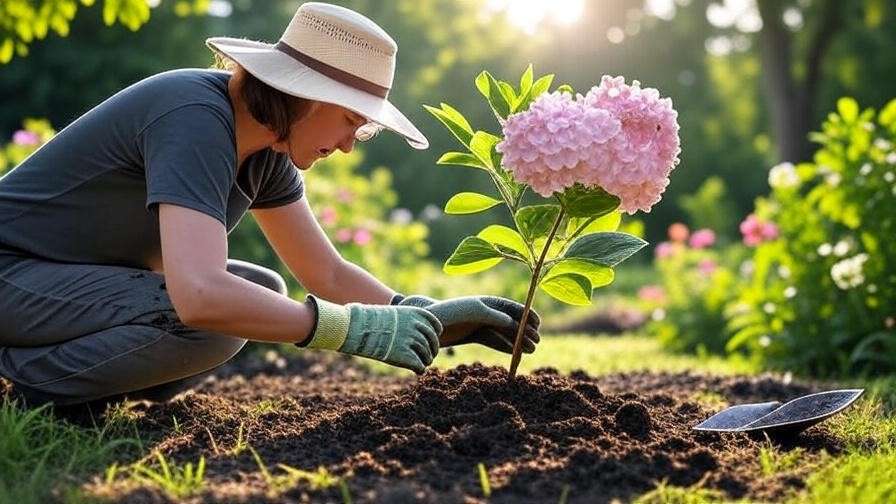
Section 4: Essential Care Tips for Vibrant Blooms 🌼
Watering and Fertilizing
Consistent care ensures your Pink Diamond Hydrangea Tree thrives. Water deeply once or twice a week, providing 1-2 inches of water, especially during the first year. Established trees are more drought-tolerant but still benefit from regular moisture during dry spells. Fertilize in early spring with a balanced, slow-release fertilizer (10-10-10) to boost growth and blooms. Avoid over-fertilizing, which can lead to lush foliage at the expense of flowers.
Tip: Use a liquid fertilizer diluted to half-strength for young plants to prevent root burn.
Pruning for Optimal Growth
Pruning is key to maintaining shape and encouraging prolific blooms. Prune in late winter or early spring before new growth begins:
- Remove dead or damaged wood to promote air circulation.
- Cut back one-third of older stems to the base to stimulate new growth, where flowers form.
- Avoid pruning after spring, as this can remove next season’s buds.
Common Mistake: Over-pruning can reduce blooms. Stick to light shaping for best results.
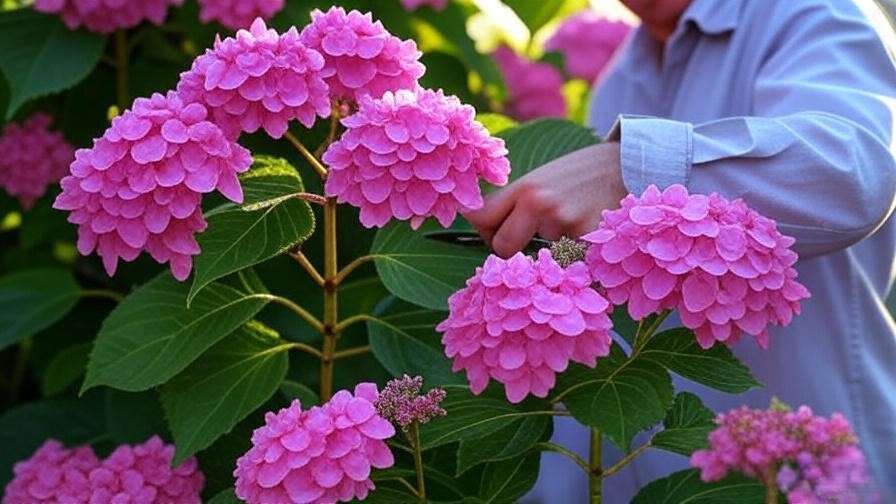
Managing Soil pH for Color Control
While Pink Diamond Hydrangea Trees naturally produce pink blooms, soil pH can influence intensity. A slightly acidic pH (5.5-6.5) enhances pink tones, while neutral or alkaline soil may result in paler flowers. Test your soil with a home kit and amend as needed:
- To lower pH: Add elemental sulfur or organic matter like pine needles.
- To raise pH: Apply garden lime sparingly.
Expert Tip: Below is a table summarizing soil pH effects on bloom color:
| pH Level | Bloom Color | Action |
|---|---|---|
| 5.0-5.5 | Deep Pink | Add sulfur if too alkaline |
| 5.5-6.5 | Vibrant Pink | Ideal range, maintain |
| 6.5+ | Pale Pink/White | Add lime if too acidic |
Section 5: Protecting Your Pink Diamond Hydrangea Tree 🛡️
Pest and Disease Management
The Pink Diamond Hydrangea Tree is relatively pest-resistant but can face issues like:
- Aphids: Small sap-sucking insects that cause leaf curl. Spray with neem oil or insecticidal soap.
- Spider Mites: Tiny pests causing stippled leaves. Increase humidity and use miticides if severe.
- Scale Insects: Hard-shelled pests on stems. Remove manually or use horticultural oil.
Common diseases include powdery mildew (white coating on leaves) and root rot (caused by poor drainage). Prevent these by ensuring proper spacing, good air circulation, and well-draining soil. For mildew, apply a fungicide labeled for hydrangeas.
Winter Care and Protection
In colder climates (Zones 3-4), protect your tree:
- Mulch: Apply a 3-4 inch layer of mulch around the base to insulate roots.
- Wrap Young Trees: Use burlap to shield from harsh winds and frost.
- Avoid Fertilizing Late: Stop feeding by late summer to prevent tender growth before winter.
FAQ: Do Pink Diamond Hydrangea Trees need winter protection in Zone 3? Yes, mulching and wrapping young trees are essential to prevent frost damage in extreme cold.
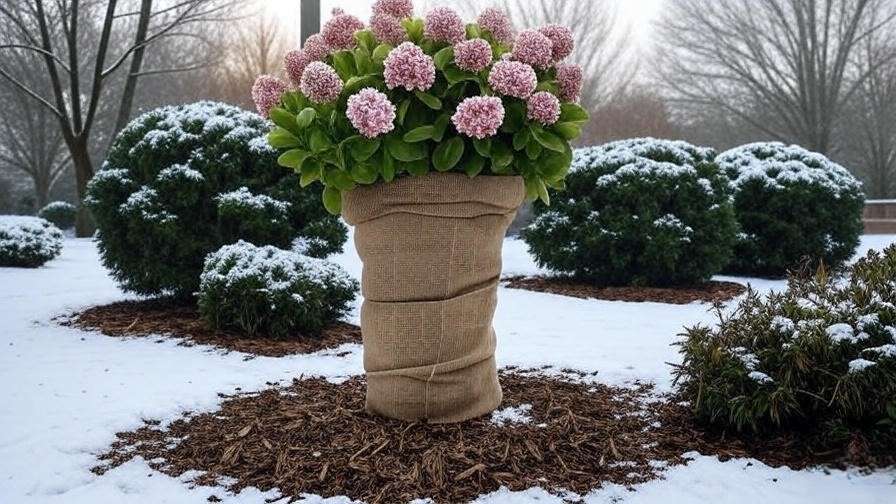
Section 6: Troubleshooting Common Issues 🛠️
Why Isn’t My Pink Diamond Hydrangea Tree Blooming?
Few things are more frustrating than a Pink Diamond Hydrangea Tree that refuses to bloom. Here are common causes and solutions:
- Insufficient Sunlight: These trees need 4-6 hours of direct sunlight daily. If planted in heavy shade, relocate to a sunnier spot or trim nearby trees to improve light exposure.
- Improper Pruning: Cutting back too late in the season removes next year’s flower buds. Prune only in late winter or early spring, focusing on dead or weak stems.
- Nutrient Deficiencies: Lack of phosphorus can hinder blooming. Use a fertilizer with a higher middle number (e.g., 10-20-10) to boost flower production.
- Young Plant: Newly planted trees may take 1-2 years to establish before blooming fully. Be patient and ensure proper care.
Solution Steps: Test soil nutrients, adjust pruning timing, and ensure adequate sunlight. If problems persist, consult a local extension service for tailored advice.
Addressing Leaf Wilting or Discoloration
Wilting or discolored leaves signal underlying issues:
- Overwatering: Soggy soil leads to root rot. Check drainage and reduce watering frequency, ensuring the top inch of soil dries out between sessions.
- Underwatering: Dry, crispy leaves indicate thirst. Water deeply, providing 1-2 inches weekly, especially during hot spells.
- Fungal Issues: Yellowing or spotted leaves may indicate leaf spot or powdery mildew. Remove affected leaves and apply a fungicide labeled for hydrangeas.
Troubleshooting Checklist:
- Check soil moisture with a finger test.
- Inspect drainage to prevent waterlogging.
- Look for pests or fungal signs under leaves.
- Adjust care based on weather conditions (e.g., more water in heatwaves).
Tip: Keep a garden journal to track watering and symptoms, helping you pinpoint issues faster.
Section 7: Enhancing Your Garden with Pink Diamond Hydrangea Trees 🌟
Creative Landscaping Ideas
The Pink Diamond Hydrangea Tree is a versatile star in garden design. Here are creative ways to showcase it:
- Focal Point: Plant a single tree in a lawn or near a garden bench to create a stunning centerpiece. Its conical blooms draw the eye naturally.
- Seasonal Displays: Pair with fall-blooming perennials like asters or sedum for a vibrant autumn garden that extends the season’s color.
- Container Gardening: Grow in a large, well-draining pot for patios or urban spaces. Use a high-quality potting mix and ensure the container has drainage holes.
- Hedge or Border: Plant multiple trees 6-8 feet apart to form a low hedge or privacy screen with a flush of pink blooms.
Design Tip: Combine with low-growing plants like lavender or catmint to create a layered look that highlights the tree’s height and structure.
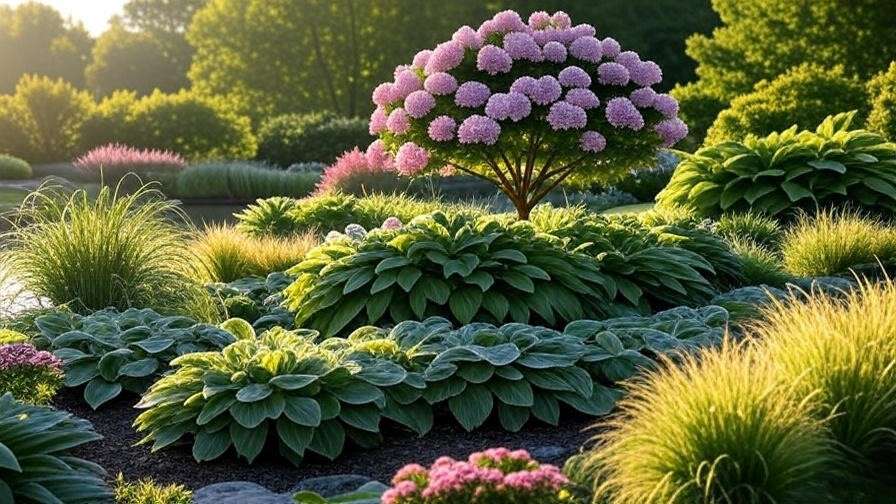
Long-Term Maintenance for Lasting Beauty
To keep your Pink Diamond Hydrangea Tree thriving for years, follow a seasonal care plan:
- Spring: Fertilize with a balanced 10-10-10 formula, prune lightly, and check for pests.
- Summer: Water consistently, deadhead spent blooms to encourage new ones, and monitor for powdery mildew.
- Fall: Apply mulch to prepare for winter and reduce watering as temperatures cool.
- Winter: Protect young trees with burlap in cold climates and avoid fertilizing to prevent frost-sensitive growth.
For older trees, consider rejuvenation pruning every 3-5 years. Cut back one-third of the oldest stems to the ground to stimulate fresh growth and maintain vigor.
Expert Insight: “The Pink Diamond’s compact form and reliable blooms make it a low-effort choice for long-term garden beauty,” says landscape designer Sarah Thompson, who has used it in award-winning designs.
Section 8: Frequently Asked Questions (FAQs) ❓
Q1: How fast does a Pink Diamond Hydrangea Tree grow?
It grows moderately, reaching 6-8 feet in 3-5 years under ideal conditions. Regular watering and fertilizing can speed growth.
Q2: Can I grow a Pink Diamond Hydrangea Tree in a pot?
Yes! Use a pot at least 18-24 inches wide with drainage holes. Choose a well-draining potting mix and water regularly, as containers dry out faster.
Q3: Why are my blooms more white than pink?
This is likely due to soil pH. Test your soil; if it’s above 6.5, add sulfur to lower the pH and enhance pink tones.
Q4: How do I propagate a Pink Diamond Hydrangea Tree?
Take 6-inch softwood cuttings in early summer, dip in rooting hormone, and plant in a moist, well-draining mix. Keep in a shaded area until roots form (4-6 weeks).
Q5: Is the Pink Diamond Hydrangea Tree deer-resistant?
It’s moderately deer-resistant, but hungry deer may nibble. Use deer-repellent sprays or fencing for protection in high-deer areas.
Conclusion: Grow Your Dream Garden with Pink Diamond Hydrangea Trees 🌈
The Pink Diamond Hydrangea Tree is more than just a plant—it’s a gateway to a vibrant, low-maintenance garden that captivates from summer to fall. With its stunning pink blooms, compact size, and adaptability, it’s perfect for gardeners of all skill levels. By following this guide’s expert tips on planting, care, and troubleshooting, you’ll enjoy years of breathtaking beauty. Plant your Pink Diamond Hydrangea Tree this season, and watch your garden transform into a neighborhood showpiece! Share your success stories in the comments or explore more plant care tips on our website. 🌷
About the Author: Written by Emily Harper, a certified horticulturist with 15 years of experience specializing in ornamental shrubs. Emily’s passion for sustainable gardening has helped thousands create thriving landscapes.

